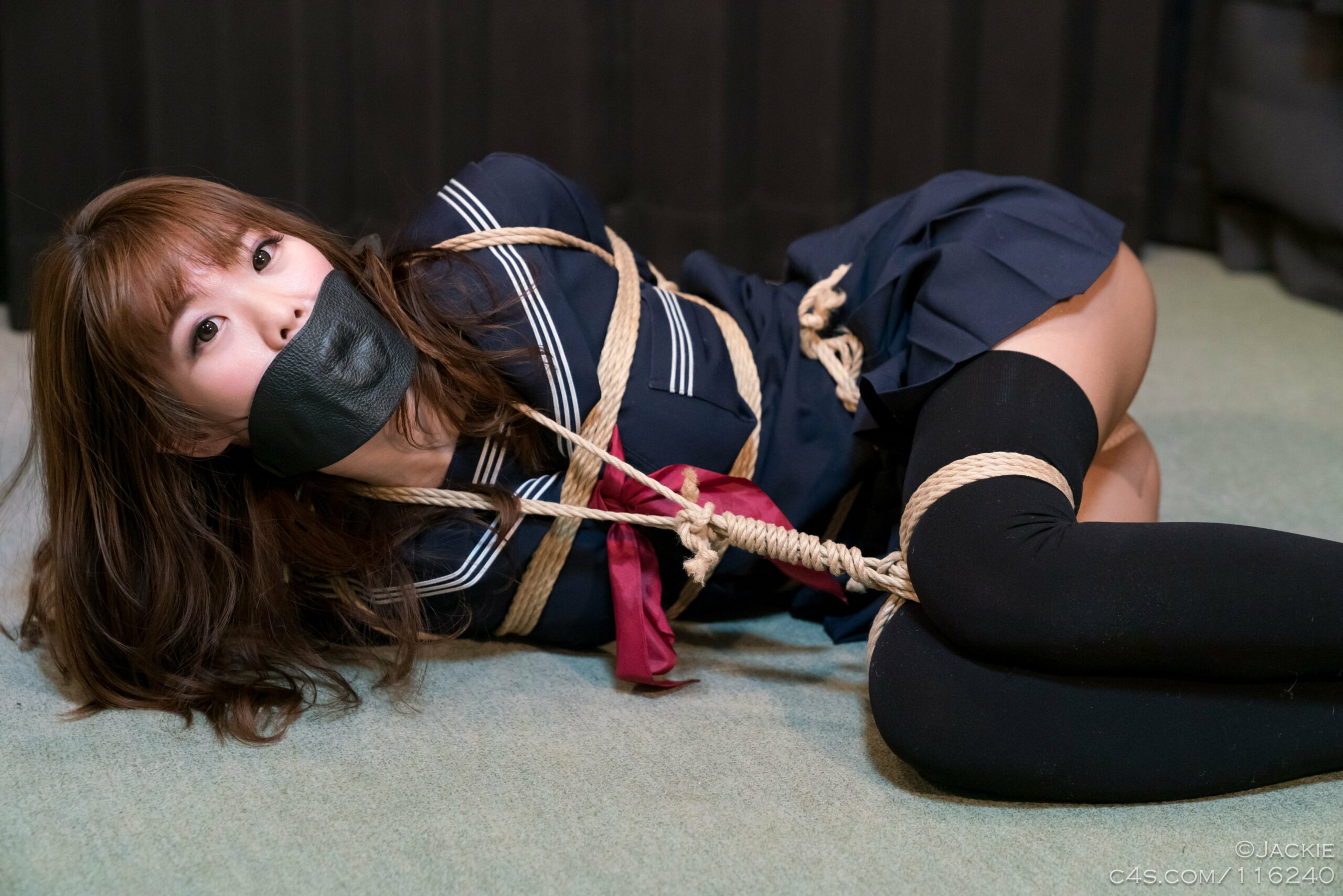Rope bondage is a form of bondage that involves restraining, suspending, decorating and or restricting the movement of a person as part of BDSM. Known as Shibari although the correct term is Kinbaku, Japanese Rope Bondage is an art form that creates patterns that bond well with the female physique following every curve. GETTING STARTED To begin with communication is important as it helps you and your partner make rope bondage exciting. Research as much as you can on Japanese rope bondage before attempting anything to get the most desirable result. Note that you have to be familiar basic rope bondage before moving to Japanese rope bondage.

JAPANESE ROPE BONDAGE FOR BEGINNERS: ROPE AND BAMBOO
In Shibari hamp rope is used to restrain your partner during bondage play. In shibari to the outcomes are many and artistic in different ways and hamp rope is specifically designed for such art. During intimate dondage play the sub is bound in ways that produce different shapes and hamp rope is comfortable and made for the task at hand, one has to know the correct knots to tie and the correct way to suspend their partner and this produces a sensual work of art stimulating pleasure areas enhancing this kinky seductive type of bondage. Hamp also reduces getting rope irritation on the skin as compared to synthetic fibers. Other types of ropes can be used too made from natural materials like jute, sisal, cotton and coconut also from synthetic materials like nylon and parachute cord.
To add to the artform of Japanese rope bondage is bamboo. With many uses in Japanese cultural practices due to its properties. Bamboo is light, flexible and strong and is also used in bondage play The use of bamboo is culturally natural to the Japanese. Bamboo has played an indispensable role in Japanese society since early times; strong, light and flexible, it has been put to a wide range of uses. Aside from its basic purposes, it is also used in more elaborate bondage.
JAPANESE ROPE BONDAGE FOR BEGINNERS: THINGS TO NOTE
- Always use a proper setting with enough safeguards.
- Always discuss with your sub on any previous joint or bone injuries or medical conditions e.g asthma.
- In early stages of rope bondage minimize the height of suspension and practice regularly as injuries could occur from falling when suspended.
- Understand that bondage has its risks educate yourself and your partner of the risks.
- Some people may be allergic to natural fibers or any other material used so it is best to know this before attempting bondage play.
WHERE TO TIE AND HOW TO TIE
Rope bondage may lead to nerve damage, careful analysis of your partner could shed light into some conditions that might be present for example from an old sporting injury so be cautious. The Dom also needs to communicate with sub and use the safe word were necessary, in instances of pain, weakness, tightness and feeling numb. So over stretching of the arms for long periods or prolonged compression from the rope could cause nerve damage so it is advised to variate. So it is important for the Dom to watch if the sub is exhibiting any signs of discomfort so as to act quickly before any major injuries. So always put extra consideration on where you tie your notes and how m you tighten the rope making a it safe and secure to hold the sub but also keeping them from falling or getting hurt.
ROPE LENGTH AND THICKNESS
Thin ropes which are under 5mm, usually used in artistic display also known as hojojutsu, but will put more strain on the skin and are not recommended for suspension. Average ropes are 5mm-8mm thick provide a more stable footing used for both restraint and suspension, commonly used for tying digits, nipples, genitals and face and will not easily loosen unless the person is a bit bulky. Thick ropes over 8mm provide more comfort although the note will be more bulkier and will make it easy to slip out of the ties, usually used for suspension and also used by people with bigger bodies.
Most people like to work with the same rope length, adjusting with different body types, one can never really find the perfect length. However people usually go for the average 25-35′ length. Bear in mind that the longer the rope the more trouble you will have with them, although longer lengths could also help with some ties e.g rope corsets. Karadas on bigger bodies etc.
ROPE ENDS
To avoid rope end from fraying when they are cut if there are not properly finished.
Whipping- Involves binding twine or thread around rope ends, requires skillful hands and takes up a bit of some time.
Fused – Used with synthetic ropes ends are melted and join together and allowed to harden creating a solid mass of plastic.
Knotted – Very simple although extra knots can also be unnecessary bulky.
Taped- Rope ends are wrapped in electric tape and it’s a quick and easy method to reduce rope fraying.
Dipped – Tool dip pr liquid adhesive can also be used to finish rope ends.
SOME TIES FOR BEGINNERS
Rope bondage is the most commonly used form of bondage, there are different forms of rope bondage:
Rope Wrapping – The rope is wrapped around the restrained person’s upper body or the entire body.
Rope Weaving – The rope is wrapped around the restrained person’s body in a zig zag pattern and a second rope is then woven around it.
Double Rope Technique – Two ropes are used to bind your partner at one allowing for quicker decoration.
- Bell Peppers 101: Nutrition Facts and Health Benefits - April 19, 2024
- Products That Assist with Stress Relief - September 21, 2023
- TRÈFLE – THE ROAD TO THE 15TH - July 29, 2023






